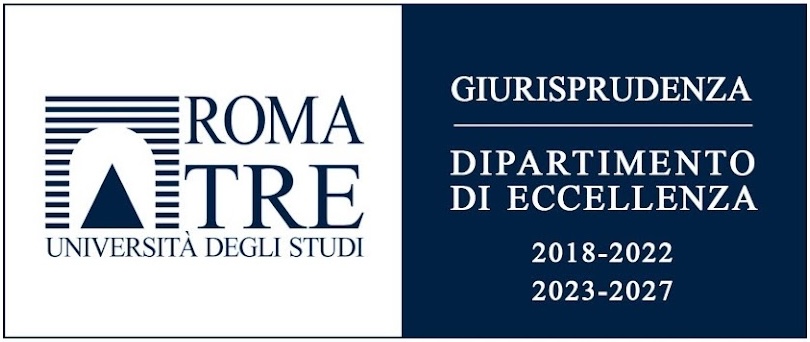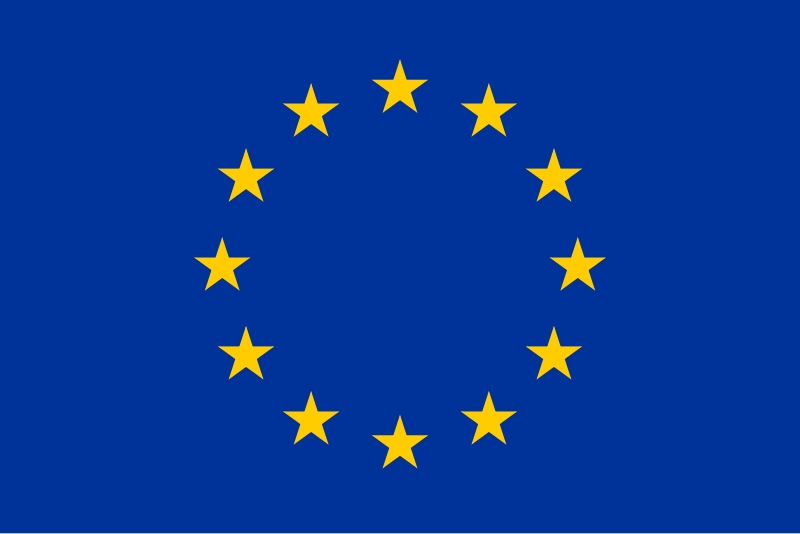In this section, we explore how health is a global issue that requires an integrated approach. The concept of "One Health" is based on the idea that human, animal, and environmental health are closely interconnected. Therefore, it is not enough to protect only human health; ecosystems and animals must also be considered. This intersectoral approach is essential for preventing diseases and improving the quality of life.The discussion could focus on how national and international health policies, through institutions such as the WHO (World Health Organization) or other global entities, have evolved to address the challenges of global health, particularly in relation to zoonotic diseases (those that are transmitted from animals to humans). By adopting a One Health approach, these policies aim to promote a comprehensive and collaborative response to health threats that transcend traditional boundaries between human health, veterinary health, and environmental health.
In the second part, we analyze how the One Health approach has been integrated into European legislation. The European Union (EU) has played a key role in introducing policies that promote health governance by recognizing the interconnection between human, animal, and environmental well-being. This is reflected in regulations and directives across various sectors, such as food safety, environmental protection, and infectious disease management. The integration of public health, animal health, and environmental health is not just a theoretical principle but is concretely applied through EU legislation. The EU offers a regulatory framework for managing these interconnected areas, ensuring that policies address the complex relationships between human, animal, and environmental health. Key examples of this integration include: Food safety regulations that ensure the prevention of animal-origin diseases from reaching humans, supported by agencies like the European Food Safety Authority (EFSA). Environmental directives that aim to mitigate environmental risks, such as pollution and biodiversity loss, which can affect both human and animal health. Legislation on zoonotic diseases, including measures to monitor, prevent, and control diseases that can be transmitted from animals to humans, such as avian influenza and coronavirus.Thus, the One Health approach in European legislation is not merely a concept but a practical framework for managing health across interconnected domains, aiming to prevent and mitigate health risks through integrated governance and policy.
Participants
FLAMINIA APERIO BELLA, COORDINATOR OF THE PROHTECT MODULEROMA TRE UNIVERSITY
TERESA MARIA MOSCHETTA,ASSOCIATE PROFESSOR OF EUROPEAN UNION LAWROMA TRE UNIVERSITY




Privacy Policy | Cookie Policy | Designed by Daniele Fioribello